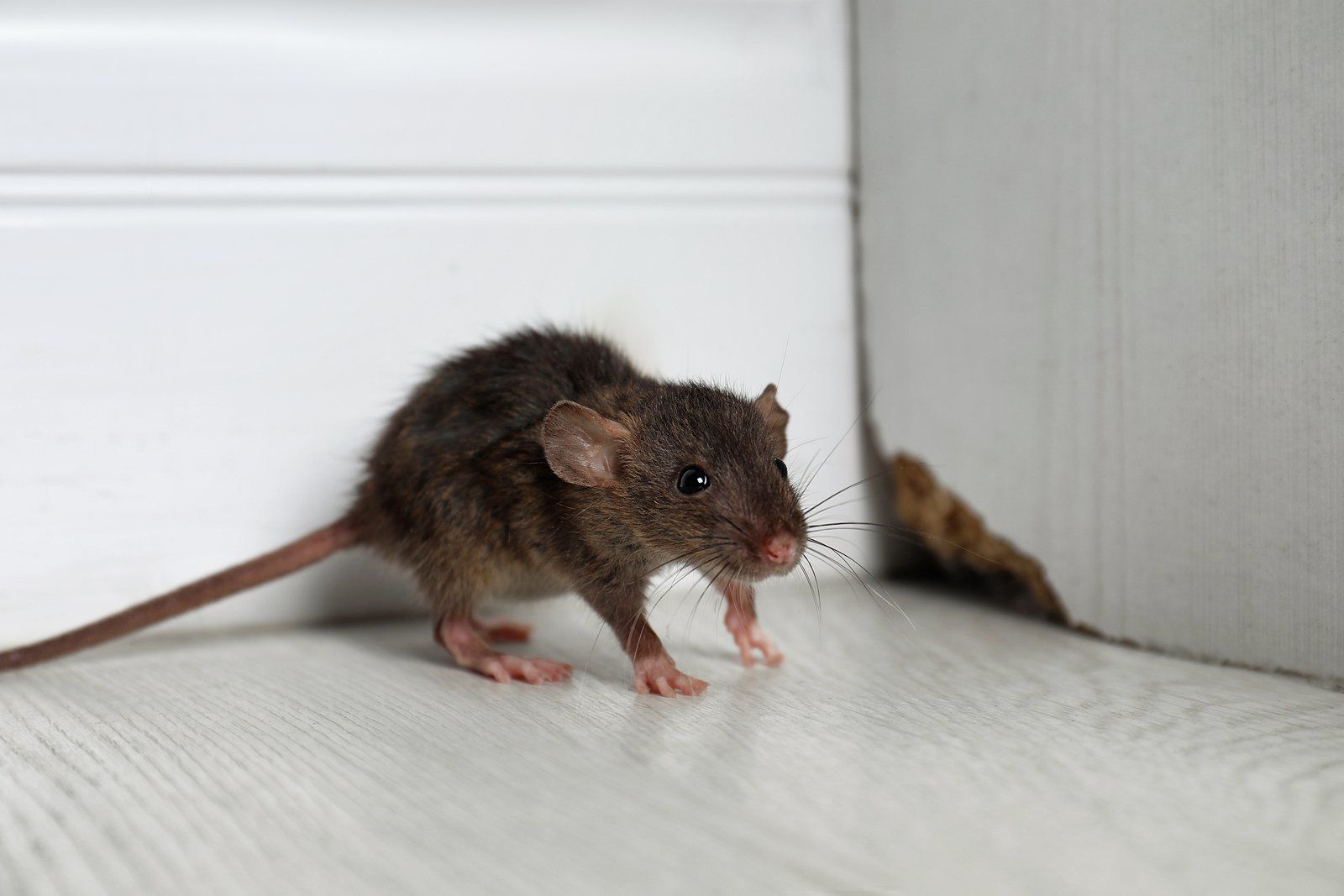(405) 793-7482 | Oklahoma City, Ok | Mon-fri: 8AM-6PM | Sat & Sun: appt. only
Blog

19 Apr, 2023
The Silent Destroyers: What are Termites? In homes and buildings, causing significant damage and financial loss. These tiny insects are often referred to as "silent destroyers" because they can chew through wood and other cellulose-based materials without leaving visible signs of their presence until the damage is already severe. In this blog, we will explore the signs of a termite infestation and why early detection is crucial in preventing extensive damage. Swarms: Termite swarmers are reproductive termites that emerge from mature colonies to mate and establish new colonies. They are winged and are attracted to light sources, such as windows and lights. Finding termite swarmers indoors or seeing discarded wings near windows, doors, or other light sources could be a sign of a nearby termite infestation. Mud Tubes: Subterranean termites, which are the most common type of termite found in the United States, build mud tubes as a way to travel from their underground colonies to their food sources. These mud tubes, which are typically about the width of a pencil, can be found on walls, foundations, and other surfaces. Mud tubes are a clear sign of an active termite infestation and should be addressed immediately. Wood Damage: Termites feed on cellulose, which is found in wood and other plant-based materials. As they tunnel through wood, termites create galleries or tunnels that run parallel to the wood grain. Over time, this can weaken the structural integrity of the wood, resulting in sagging floors, hollow-sounding wood when tapped, and visible damage such as blistering or darkening of the wood surface. If you notice any of these signs, it may indicate a termite infestation. Frass: Frass is termite excrement and is often one of the first signs of a termite infestation. Drywood termites, which do not need contact with soil and can infest dry wood, push their excrement out of small holes called kick-out holes. This results in tiny pellets or piles of frass that resemble sawdust or sand. Finding frass near wooden structures or on windowsills could be an indication of a termite infestation. Discarded Wings: After termite swarmers mate and establish new colonies, they shed their wings. Finding discarded wings around your home, especially near windows, doors, or light sources, could indicate a termite infestation. Termite swarmers are weak fliers and often shed their wings as they attempt to establish a new colony, leaving the wings behind as evidence of their presence. Holes and Blisters: Termites often create small holes or blisters on the surface of wood as they eat through it. These holes can be visible on walls, furniture, or wooden structures and may indicate an active termite infestation. These holes can also provide an entry point for other pests or lead to further damage if left untreated. Weakened or Hollow-Sounding Wood: As termites consume wood from the inside out, the wood may become weak and hollow-sounding when tapped. If you notice that a wooden structure, such as a floor or a door frame, sounds hollow or feels weak when touched, it could be a sign of a termite infestation. Conclusion: Termite infestations can go undetected for long periods of time, causing significant damage to homes and buildings. Early detection is crucial in preventing extensive damage and minimizing repair costs. If you notice any of the signs mentioned above, it's important to consult with a professional pest control company. These professionals can assess the situation and implement appropriate termite control measures. Regular inspections by a pest control professional can also help in detecting termite infestations.

27 Oct, 2022
As the seasons get colder and your heating systems begin to work their magic, warmth is what will make your house a home. However, with all of the comfort you and your loved ones will be experiencing, there is a vast ecosystem of bugs and rodents that are eager to claim some of that warmth for themselves...
Our Services
Contact Us
